I read 21 books in 2011. Here are #1-10, ranked from most insight/pleasure/ideas/inspiration derived from to least enjoyed…
****

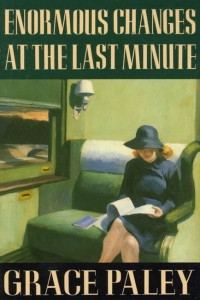 1. Enormous Changes at the Last Minute (Farrar, Straus & Giroux, 1974) – Grace Paley
1. Enormous Changes at the Last Minute (Farrar, Straus & Giroux, 1974) – Grace Paley
The story “Distance” changed what I thought it was possible to do with a short story. The voice most of all, how she just launches in. How it spans a period of time, how the narrator tells her own story as well as her son’s in one breath. How Paley is not afraid to say anything.
The “Faith stories” – Faith isn’t entirely likable, but she inhabits her. There is something weak about her – the way she is with men. The relationship between Faith and her parents.
A flavour of Brooklyn, Manhattan in the 1950s & 60s, tenement dwellers, urban people – Jews, latinos, blacks. The currents of activism, how they coursed through moms in the parks, too.
Sentences from “Distance”:
“Still, it is like a long hopeless homesickness my missing those young days. To me, they’re like my own place that I have gone away from forever, and I have lived all the time since among great pleasures but in a foreign town. Well, O.K. Farewell, certain years.”
“But don’t think I’m the only one that seen Ginny and John when they were the pearls of this pitchy pigsty block. Oh, there were many, and they are still around holding the picture in the muck under their skulls, like crabs.”
From the story “Debts”:
“There is a long time in me between knowing and telling.”
From the title story (it’s a prose poem a character wrote):
“The kids! the kids! Though terrible troubles hang over them, such as the absolute end of the known world quickly by detonation or slowly through the easygoing destruction of natural resources, they are still, even now, optimistic, humorous, and brave. In fact, they intend enormous changes at the last minute.”
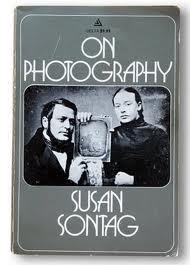 2. On Photography (Farrar, Straus and Giroux, 1977) – Susan Sontag
2. On Photography (Farrar, Straus and Giroux, 1977) – Susan Sontag
I started underlining passages & dog-earing pages, but it started happening on every page. So prescient & thought-provoking – so much of what she says is still (or more) applicable in terms of information/image overload, the manufacturing of nostalgia, the reign of irony, the fulfilment of the Surrealist ideology, the 20th century as the American century.
She is not afraid to bring the personal into her essays – her account of seeing photographs of WWII concentration camps as a child is her starting point in one essay. How it changed her, but how she still considered it exploitation, at some level.
Sontag is so opinionated, but nothing ever emerges as categorically good or bad, thank goodness. She’s clearly fascinated by photography, but unflinching about what it has taken away from (or how it has altered, transformed) human consciousness, our sense of reality, as well.
Quotes (out of many many possible options):
“Whatever the moral claims made on behalf of photography, its main effect is to convert the world into a department store or museum-without-walls in which every subject is depreciated into an article of consumption, promoted into an item for aesthetic appreciation.”
One that strikes me as appropriate to Tumblr:
“The course of modern history having already sapped the traditions and shattered the living wholes in which precious objects once found their place, the collector may now in good conscience go about excavating the choicer, more emblematic fragments.”
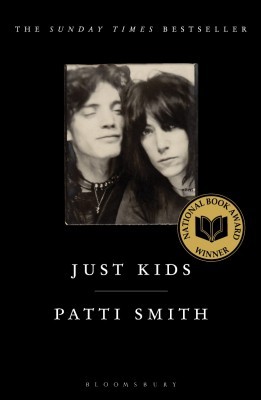 3. Just Kids (HarperCollins, 2010) – Patti Smith
3. Just Kids (HarperCollins, 2010) – Patti Smith
This book made me want to write, to collage, to love creative people, to not be afraid to hero-worship artists of the past (at the very least for their art), to call myself an artist, at least in my own mind. She is a hopeless romantic, not afraid to say so. I was also encouraged by how out of touch she actually felt with her own time, at times (the Warhol Factory people), was instead living with Rimbaud, her own vision of poetry. Reminded me of how Bob Dylan, seen as the bard of his time, spent years with early 20th century America (Guthrie). How Mapplethorpe affectionately called her “Soggy” because of her weeping bouts. How confusing she found her own time, and being young.
Her androgyny seems to have spared her some of the typical difficulties women face in “artist circles”. She has her own beauty, but I didn’t get the sense she was relegated to a sexual plane. Maybe also because many were gay artists… Especially vivid was the section on life at the Chelsea Hotel. Also loved her account of her love affair with Sam Shepard.
Quote:
“In my low periods, I wondered what was the point of creating art. For whom? Are we animating God? Are we talking to ourselves? And what was the ultimate goal? To have one’s work caged in art’s great zoos – the Modern, the Met, the Louvre?
I craved honesty, yet found dishonesty in myself. Why commit to art? For self-realization, or for itself? It seemed indulgent to add to the glut unless one offered illumination.”
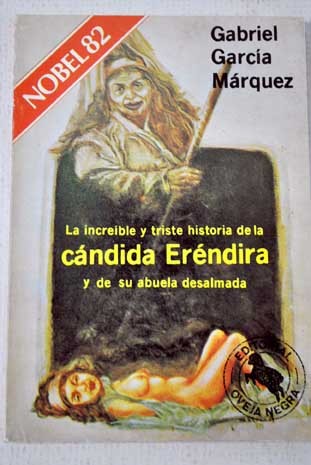 4. La increíble y triste historia de la Cándida Erendira y su abuela desalmada (1972)- Gabriel García Márquez
4. La increíble y triste historia de la Cándida Erendira y su abuela desalmada (1972)- Gabriel García Márquez
I read this in Cartagena, the prefect setting. “Un señor muy viejo con unas alas enormes” and “El ahogado más hermoso del mundo” are my favourite Márquez stories. They’re like prose poems, the image is in the end, what he’s after. (An ancient man with enormous, shedding wings in a cage, being fed like a chicken every day by a practical small-town woman; a gigantic man washing ashore & being bathed, dressed, beloved & mourned by an entire little town by the sea.)
I wasn’t crazy about the title story, his interest in rape, the deflowering of young women, but it’s almost as if he finds a kind of beauty in it, the traveling carnival air the story takes on.
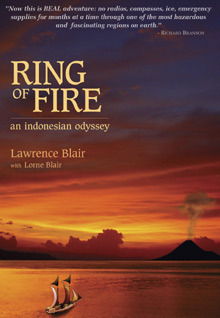
5. Ring of Fire: An Indonesian Odyssey (2010 reissue, first published 1988) – Lawrence Blair, with Lorne Blair
An adventure that doesn’t seem possible today. I was fascinated by the insights into the various cultures they visited on different Indonesian islands. Also how the people living in the thickest jungle survived through constant movement. There is a spiritual core to the book that makes you feel connected to the author, to the beautiful world out there & to the people he writes about.
6. Fellini on Fellini (Delta, 1977, first published in German, 1974) – Fellini
Essays, interviews, forewords for books: assorted thoughts by Fellini. I learned about his interest in Jung, his take on the 60s-70s (he was revolutionized by the sack dress!), the idea of the artist, his process of making films. Ultimately a hungry, curious, positive view of life.
Quote:
“We live in an age that has made a cult of methodology, that makes us weakly believe that scientific or ideological ideas have the edge over reality, and that is suspicious of fantasy, of individual originality, in other words of personality.”
7. Los detectives salvajes (1998) – Roberto Bolaño
The experimental form (different narrator in each chapter) took some getting used to -there’s no thread to hold onto, really. But it becomes dreamy, film-like. It’s about the loss of the Poet, youth, the Idea of Revolution. Made me feel as if I should read it a couple more times.
8. Madame Bovary (1856) – Flaubert, trans. Lydia Davis (2010)
Oh, the dangers of reading. How the ideas, imagination, fictions become preferable to reality… Sympathetic to the life of a woman, and then to M. Bovary, too. Luminous translation.
9. A Visit from the Goon Squad (2010) – Jennifer Egan
Ambitious, ballsy, engrossing, philosophical. About the passage of time, but the book itself is not excessively long – yes!
10. Too Much Happiness (2010) – Alice Munro
Short stories, first I’d read by Munro. They go to unexpected places, but with an expert hand. Many touch on death & grieving, but in a genuine way, not to give a narrative gravitas (I’ve found this is to be a go-to device with others to suddenly give an otherwise empty story meaning, raising the stakes, but doesn’t feel grounded).
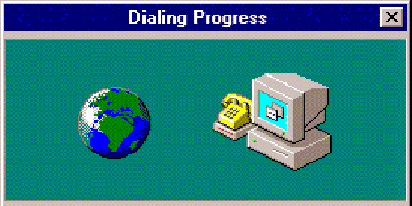
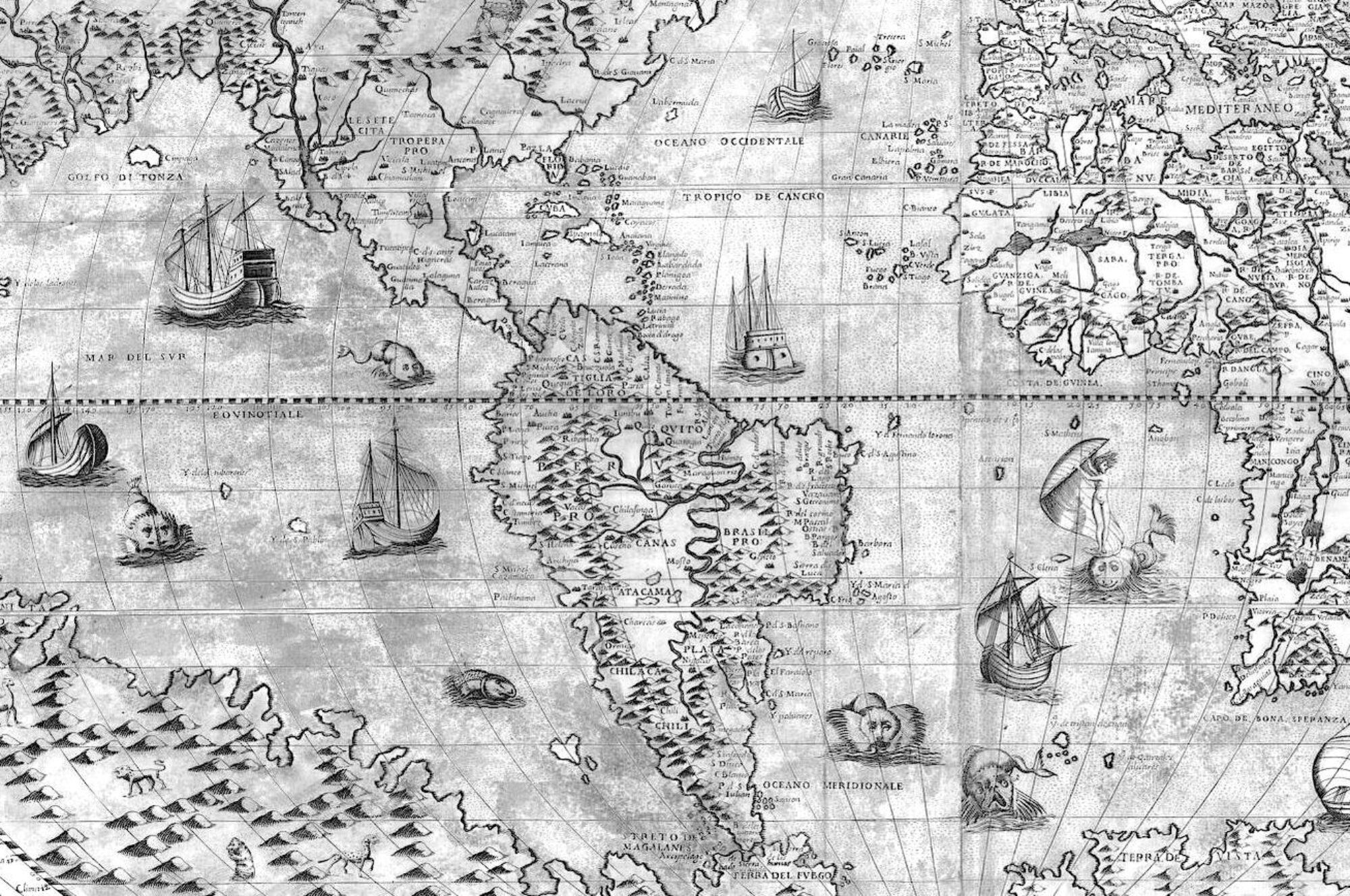
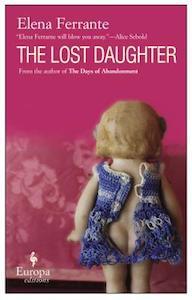
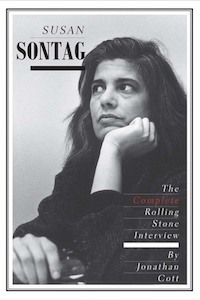
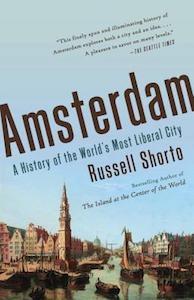
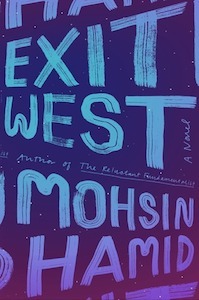
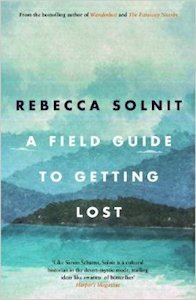

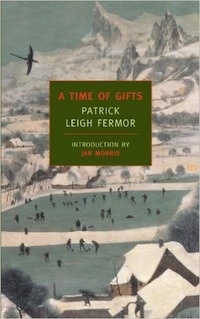
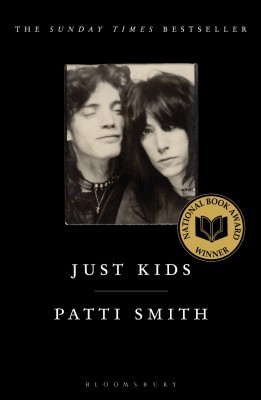
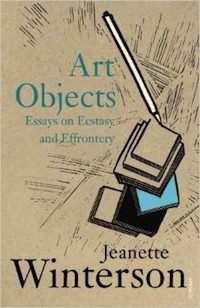
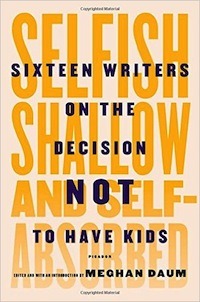

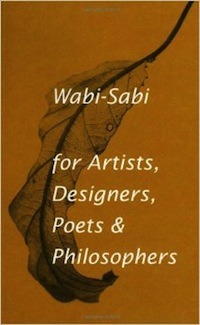
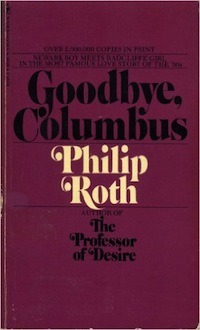
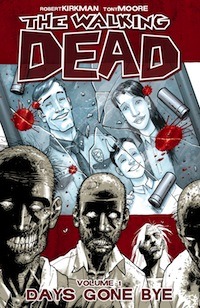

 1. Enormous Changes at the Last Minute (Farrar, Straus & Giroux, 1974) – Grace Paley
1. Enormous Changes at the Last Minute (Farrar, Straus & Giroux, 1974) – Grace Paley 2. On Photography (Farrar, Straus and Giroux, 1977) – Susan Sontag
2. On Photography (Farrar, Straus and Giroux, 1977) – Susan Sontag 3. Just Kids (HarperCollins, 2010) – Patti Smith
3. Just Kids (HarperCollins, 2010) – Patti Smith 4. La increíble y triste historia de la Cándida Erendira y su abuela desalmada (1972)- Gabriel García Márquez
4. La increíble y triste historia de la Cándida Erendira y su abuela desalmada (1972)- Gabriel García Márquez 